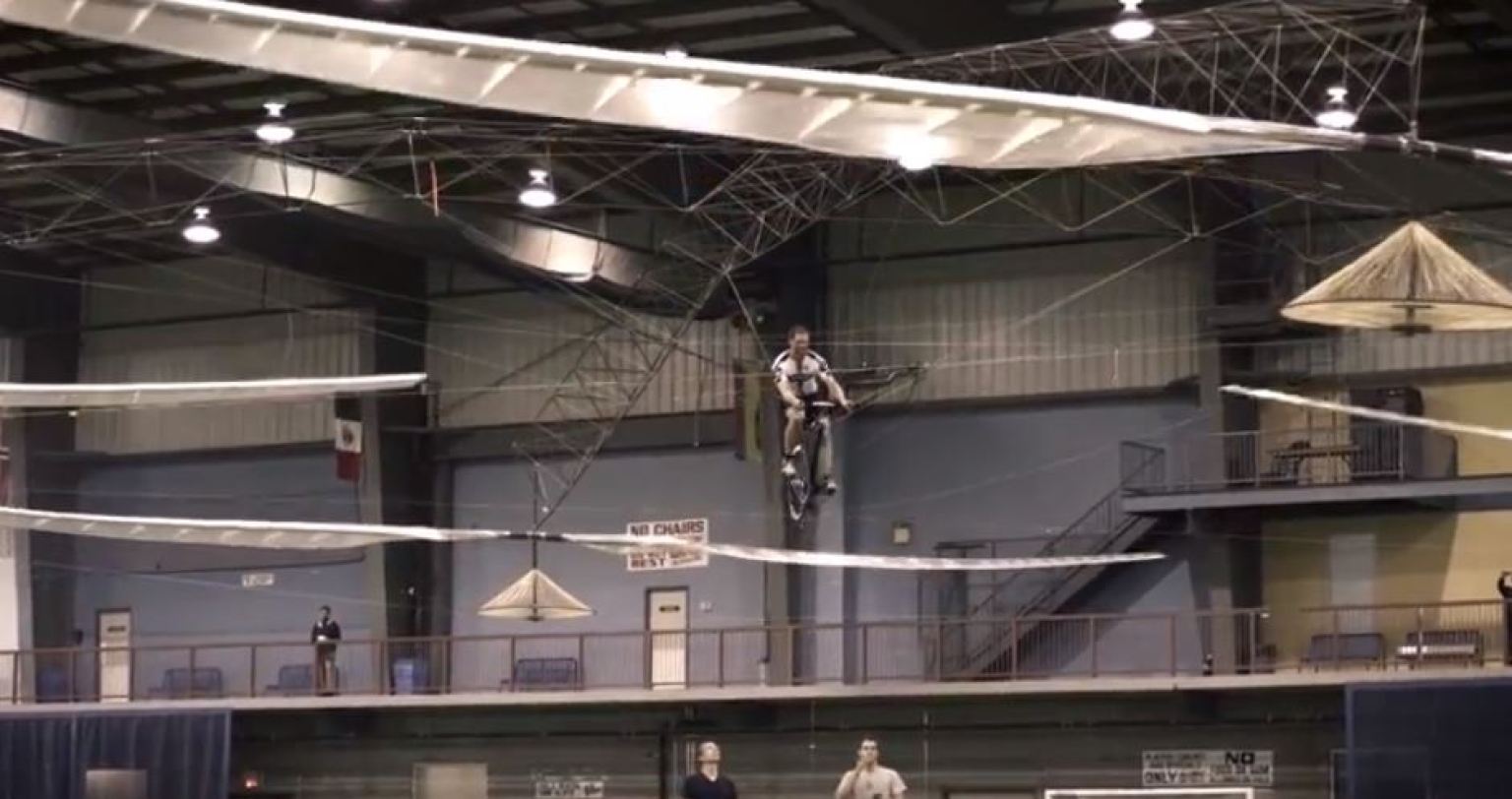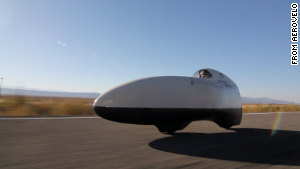Thirty-three years ago, the American Helicopter Society developed a $250,000 Sikorsky Prize for the first people to create a human helicopter. In June, Canadians Todd Reichert and Cameron Robertson won the prize. During a 64-second flight in an indoor arena, Reichert powered the aircraft by pedaling a bicycle-type contraption that gyrated the four powerful rotors.
Reichert and Robertson are aviation enthusiasts who have dabbled in the field of human-powered apparatuses for many years. Prior to their current accomplishment, the team built the first human-powered wing-flapping aircraft. They both graduated from the University of Toronto and commenced their ornithopter project in 2006. Three years later, they began flight-testing their aircraft, “Snowbird.” With a wingspan of 105 feet, and weighing 94 pounds, the plane was comparable to a Boeing 737.
To get the aircraft rolling, a car towed the plane into the air. Reichert sat in the aircraft and pumped a foot-operated bar to operate a system that flapped the wings up and down. At first, the aircraft did not take flight. In 2010, the team successfully got “Snowbird” in the air for 19.3 seconds, covering a distance of 475 feet and setting the world record for that particular type of aircraft.

Image via Aerovelo
In an interview, Robertson stated, “There's not … practicality to a lot of what we do…You won't be flying your human-powered flapping-wing airplane or your human-powered helicopter to work.” His goal is to challenge the people’s conventional thought process when solving problems. “We really want people to understand that nothing is impossible.” “And just because someone says you can't do something, doesn't mean you [can't]. With the application of passion and persistence and innovative, creative thinking, you can really take on any challenge.”
Over the course of 9 months, the team mastered flight with their human-powered helicopter named “Atlas.” This aircraft became their prize-winning contraption, hovering for 60 seconds at 9 feet in the air.
AeroVelo was catalyzed by Reichert and Robertson in 2012 as a company to develop sustainable engineering and design techniques. They created a human-powered bicycle that competed in the World Human-Powered Speed Challenge in September. The bicycle is composed of a carbon-fiber shell that can go as fast as 77 mph. The duo’s next goal is to hold the record for the fastest human-powered bicycle. They will return to the competition next year to tackle the current record of 83.8 mph.

Story via CNN
Advertisement
Learn more about Electronic Products Magazine





